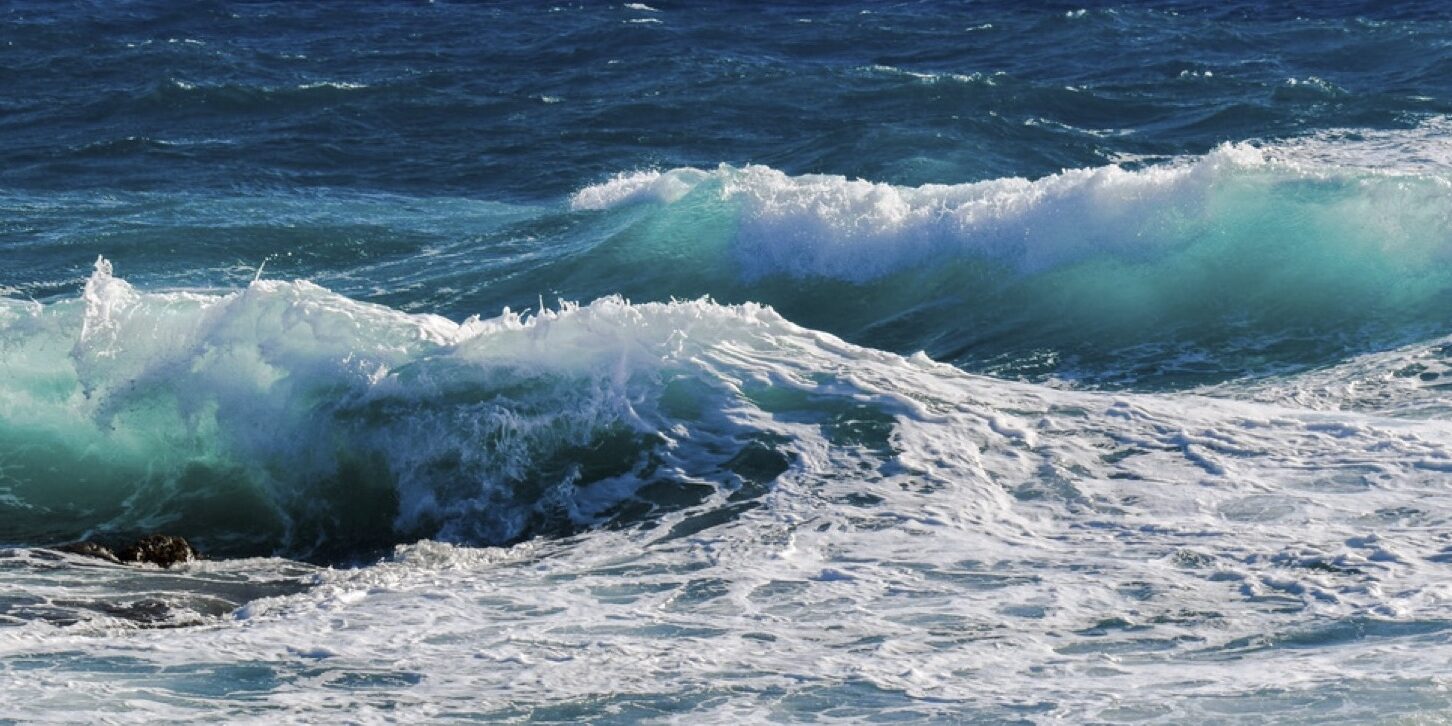From a very early age—18 months, if my mom is to be believed!—I’ve suffered from motion sickness. When I took up sailing in my late teens, my parents were surprised. I think one of their first questions was how I was going to handle it when—not if—I got sick.
Truthfully, in 20-plus years of sailing, I’ve had a couple of miserably memorable times on boats. But I love sailing too much and thankfully, I’ve become good at managing it most of the time. So much so, that now, I live on a boat—but with a stockpile of my favorite seasickness remedies close at hand! Here are some of the things I’ve learned and tricks that I use—with the disclaimer that obviously, I’m not a medical professional. Just a boater sharing what’s worked for me.
— Over the Counter Meds
I find Dramamine (dimenhydrinate) to be tricky while racing, so I usually drink a soda, or something with caffeine, to counter the antihistamine-induced drowsiness. I find Bonine (meclizine) keeps me a little more alert. Both work okay most of the time and were what I used consistently on Lake Ontario. In New Zealand, they sell Phenergan (promethazine) which has become my go-to. It’s also an antihistamine, but I don’t seem to get quite as drowsy and most of the time it works quite well. I procured Stugeron (cinnarizine) in Fiji and while I know this is the gold standard for many sailors, I don’t notice much of a difference between this and Phenergan.
— Prescription Medication
I continue to use a Transderm-Scop (scopolamine patch) for longer passages. It definitely works for me, but I don’t love the side effects. It disrupts my sleep—what little I’m getting—and I don’t like the constant dry mouth. Small price to pay, though, for steadiness on a passage. I found that cutting a patch in half gives me good results with lessened side effects. In our current considerable medical kit, we have prescription prochlorperazine tablets and suppositories. We’ve only used the tablets once, during a passage. They were incredibly effective and had our crew member back to normal after taking it for one day. For any medications, I’d also advise trying them out on land first to make sure you’re comfortable with any side effects.
— Non-Medicinal Remedies
Another addition I’ve made to my kit is the Reliefband. I really love this and we now have several on board for other crew members. We use the Classic version, so I can only speak to that one. It’s not a slam-dunk; it curbs my queasiness but doesn’t always make it go away completely. For passages, I use it in conjunction with other medication. For shorter sails, I grab for it first as we head out, as preventative medicine.
—Other Techniques
I’ve also adopted some advice I’ve heard from other longtime sailors. Twenty-four hours before a passage, I start seasickness medication, drink no alcohol, and am careful to eat easy, blandish foods. For the first days of the passage, I have learned that it’s best if I’m either on watch, looking at the horizon, or sleeping. Since I am usually the main cook on the boat, I’ve started doing a better job of pre-making food that anyone can warm up. I also put together a basket of easy-to-grab snacks and set them out in the salon. Happily, I learned on our last passage from Fiji to New Zealand that about three days into the passage, I get my sea legs and am able to do a bit more. All-in-all, I’ve learned that seasickness can mostly be managed and it doesn’t have to keep me off the water, even if it’s not always easy.








